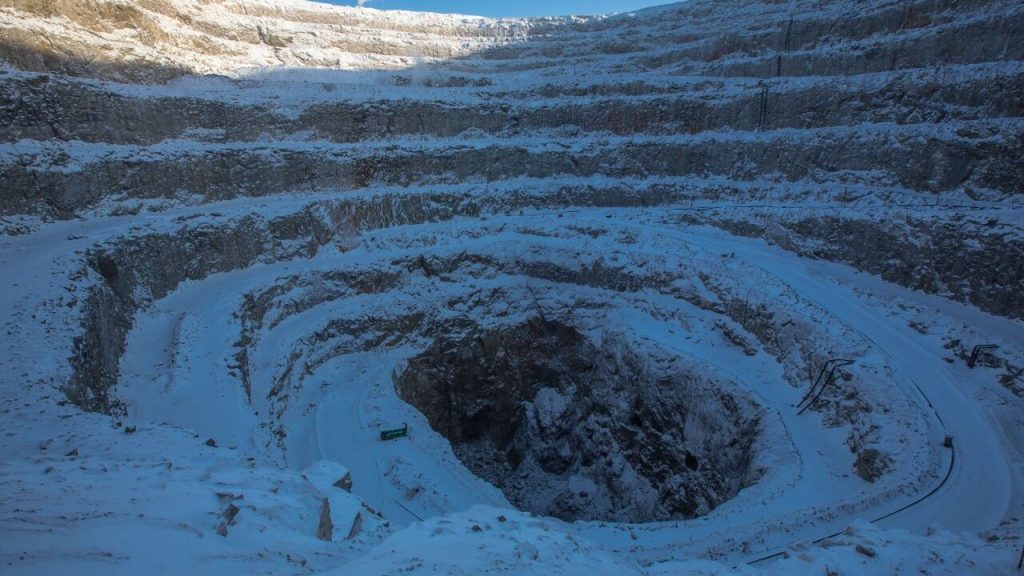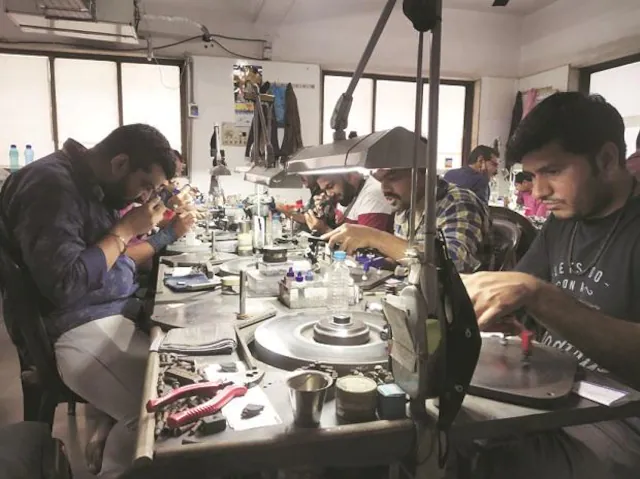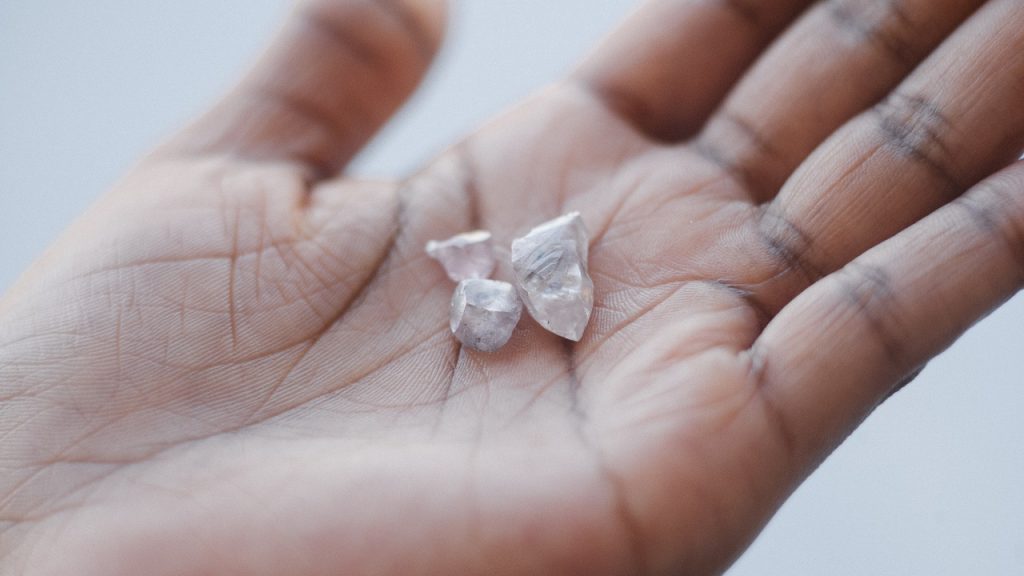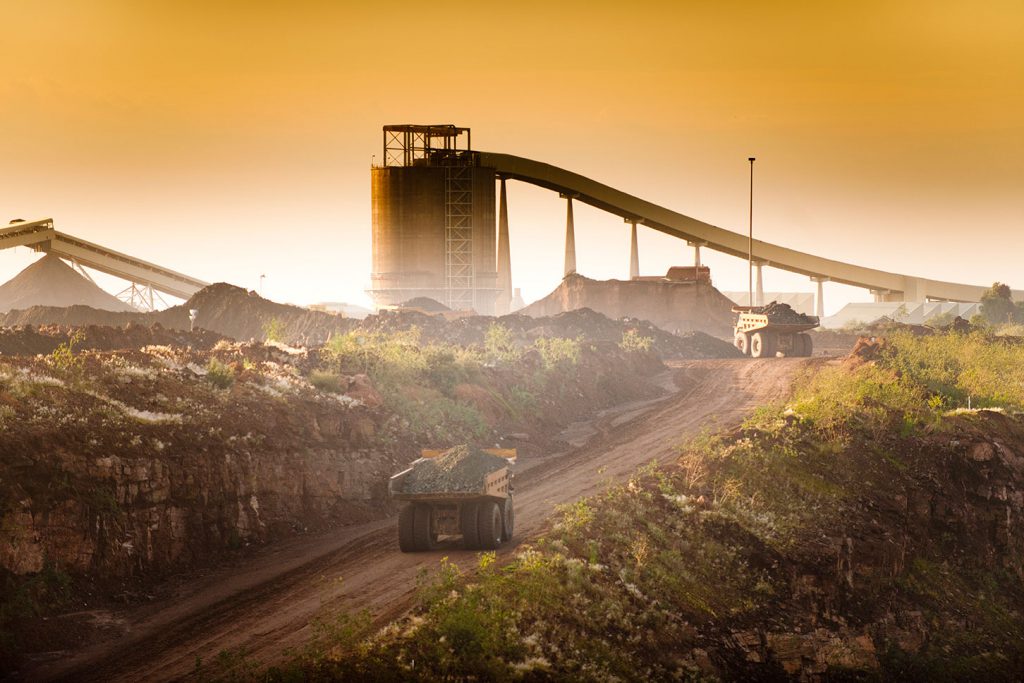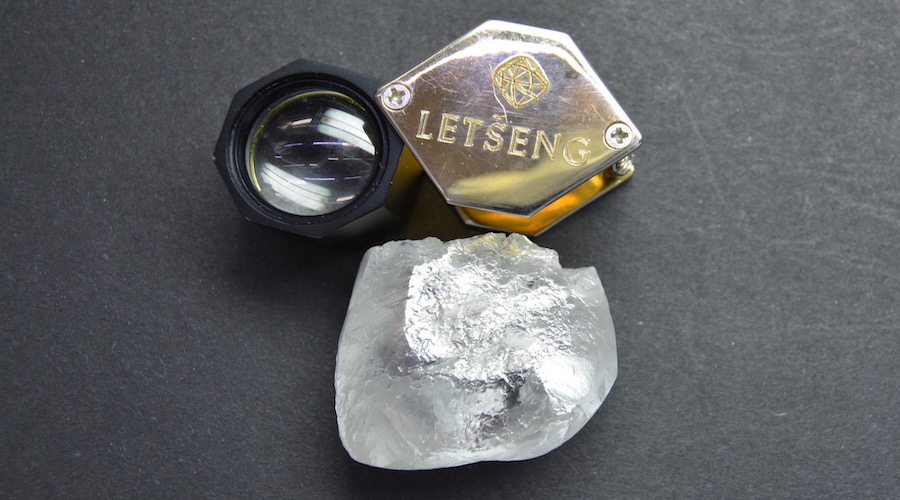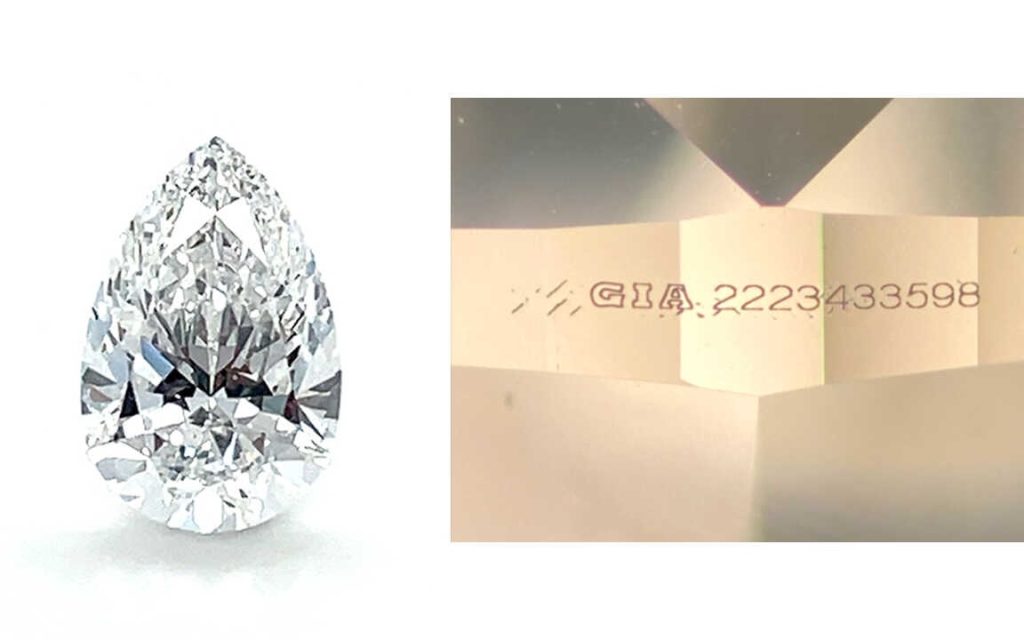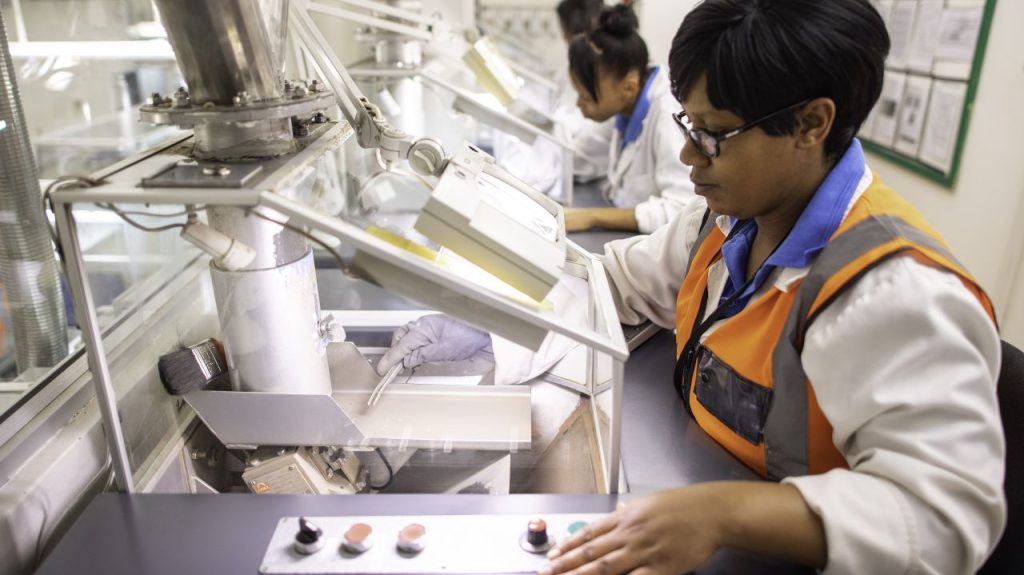
Revenue at Petra Diamonds declined in the first fiscal half as slow demand and India’s two month buying halt affected the miner’s rough sales.
Sales slipped 9% year on year to $187.8 million in the six months that ended December 31, the company said Tuesday. The drop came despite a 27% increase in sales volume to 1.7 million carats, as like for like prices during the period dropped 13% and the miner offered a weaker product mix, it explained.
Group production grew 2% to 1.4 million carats for the first half, partly reflecting the ramp up to full output at the Williamson deposit in Tanzania. Exceptional rough stones those fetching $5 million or more didn’t contribute any revenue during the period, the miner noted.
Petra is on track to meet its production guidance of between 2.9 million and 3.2 million carats for the full fiscal year ending June 30, it said. However, the miner expects output to come in at the lower end of that range.
The company’s net debt rose to $212.3 million as at December 31, compared to $176.8 million on June 30, it noted. The increase is due to the timing of tenders, the continued lower prices for rough, and the need for capital to resume operations at Williamson and extend the life of the Finsch and Cullinan mines in South Africa, Petra added.
Source: DCLA

